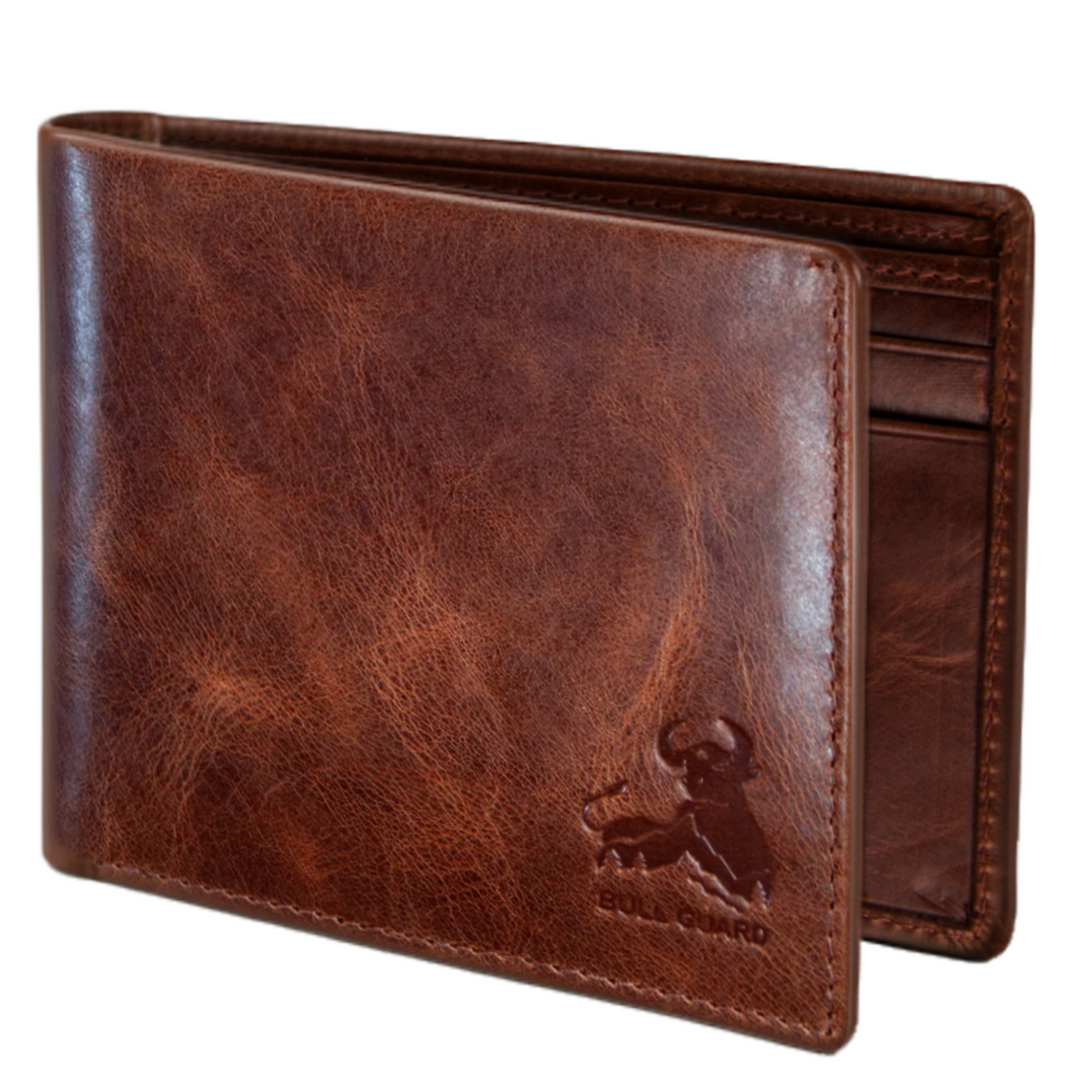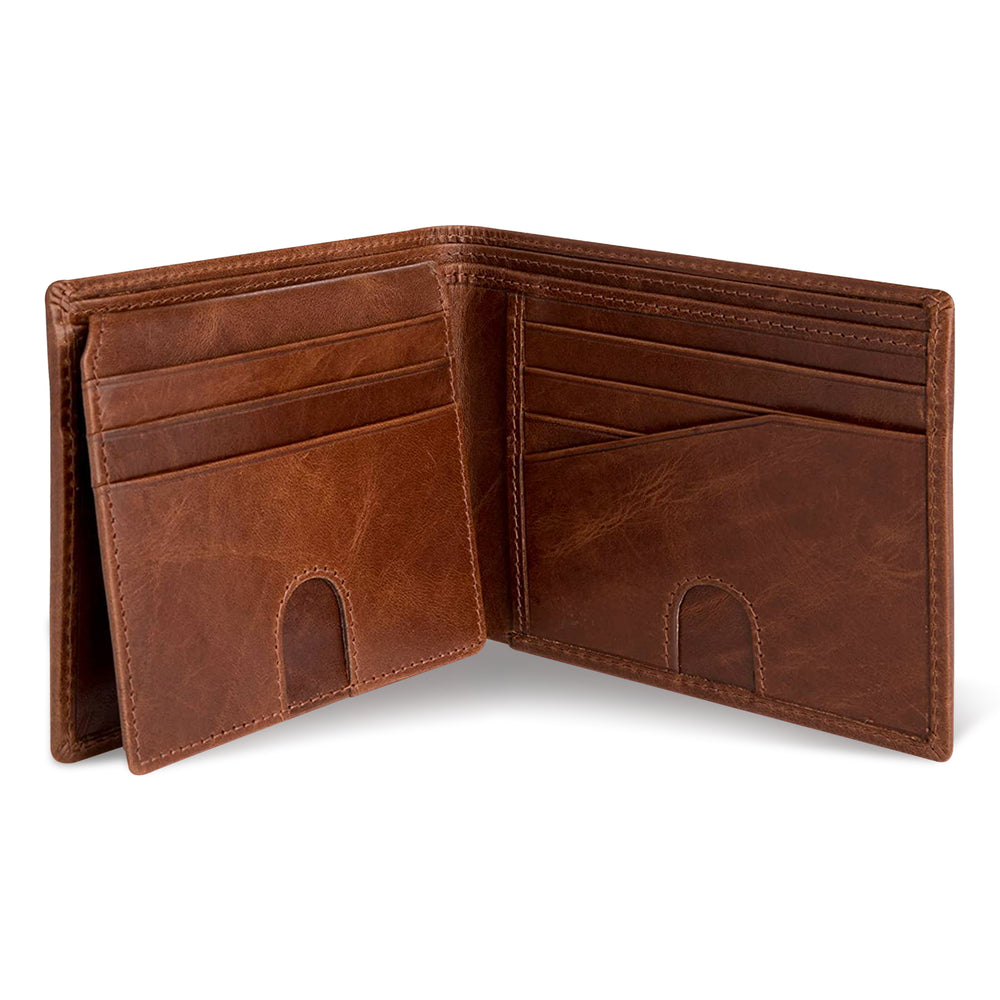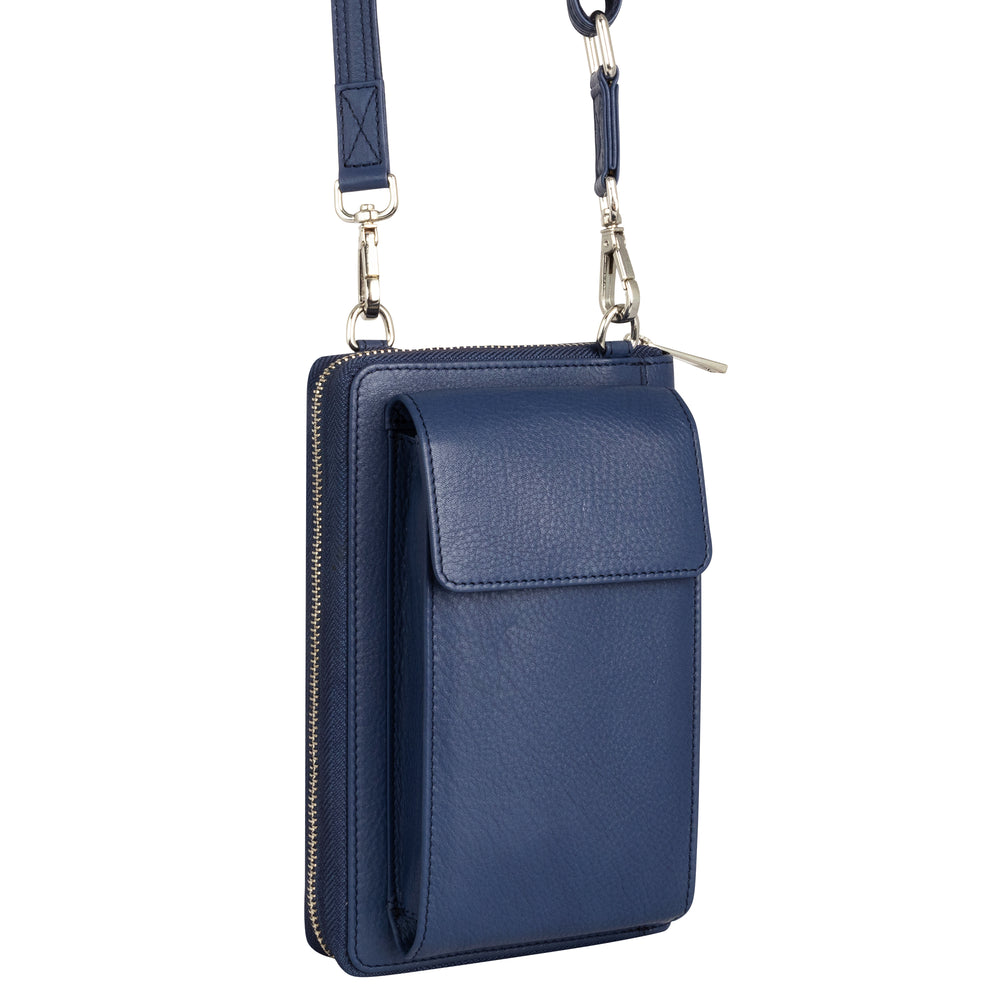Key Takeaways
- A leather wallet pattern acts as a structural blueprint for crafting durable and functional accessories.
- Quality patterns precisely guide the transformation of raw hide into wallets that age beautifully over time.
- Good patterns consider leather movement, stitch placement, and fold stress points to ensure longevity.
- They also accommodate the natural variations found in hand-tanned leather materials.
- Cheap templates often overlook critical details that affect the wallet’s durability and appearance.
Table of Contents
- Understanding Leather Wallet Patterns: What They Are and Why They Matter
- Choosing the Right Wallet Pattern for Your Lifestyle and Needs
- Essential Materials: Leather Selection and Supporting Supplies
- Core Leatherworking Tools: What You Actually Need vs. Nice-to-Have
- Step-by-Step Wallet Crafting: From Pattern to Finished Piece
Leather Wallet Patterns: Complete Crafting Blueprint
Understanding Leather Wallet Patterns: What They Are and Why They Matter
A leather wallet pattern serves as your structural blueprint, the precise template that transforms raw hide into a functional accessory designed to age beautifully over decades of daily use. Quality patterns account for leather movement, stitch placement, fold stress points, and the natural variation in hand-tanned materials that cheap templates ignore.
At Bull Guard, I see patterns as invitations to create something personal and enduring. Years of road-testing have shown me that the right pattern anticipates how full-grain and top-grain leather behaves, softening, darkening, and developing character through years of pocket carry. A thoughtfully engineered pattern builds margin for this natural aging, ensuring your wallet remains structurally sound as the leather mellows into a trusted companion. For those seeking a minimalist approach, consider our Slim Card Case for a streamlined everyday carry.
Why Pattern Selection Determines Wallet Longevity
Premium leather patterns integrate stress distribution across fold points, preventing the cracking that destroys cheaper wallets within months. Bull Guard's testing shows that wallets crafted from quality patterns maintain their shape and function for 15+ years, while generic templates typically fail at stress points within 2-3 years of regular use.
Choosing the Right Wallet Pattern for Your Lifestyle and Needs

Your daily carry habits, travel frequency, and organizational preferences should guide pattern selection, just as a chef selects the right cut before cooking. Each wallet style solves specific problems.
For more inspiration on unique designs, check out this camouflage pattern leather wallet for a creative twist on classic patterns.
Bifold Patterns: Classic Organization Meets Everyday Practicality
Bifold leather wallet patterns accommodate 6–12 cards plus cash while maintaining a compact, front-pocket-friendly profile. These designs feature two main sections with interior pockets strategically positioned for thumb access. Break-in requires 2–4 weeks as the leather softens; avoid overstuffing during this period to allow natural creasing.
Best for: Professionals, commuters, and anyone who values proven functionality without bulk. If you prefer a wallet with added ID convenience, explore our Bifold with Flip Up ID option.
Trifold Patterns: Maximum Capacity Without Excessive Bulk
Trifold designs fold into three sections, accommodating 8–15 cards, multiple bill compartments, and discrete coin pockets or AirTag sleeves. The triple-fold structure distributes stress across three crease points rather than one, extending durability significantly compared to single-fold alternatives.
Best for: Those who carry more cards but still want a slim profile when folded. For a classic option, see our Classic Leather Trifold wallet.
Minimalist Card Case Patterns: Freedom Through Simplicity
Slim card holders strip away everything except essentials, typically holding 4–8 cards plus a bill slot while weighing less than 2 ounces. AirTag-compatible variants include dedicated tracking device sleeves without compromising capacity.
Best for: Front-pocket carry, travel, or urban professionals carrying only ID, payment card, and transit pass. If you want added security, our Airtag Leather Card Holder Wallet for Men is an excellent choice.
Essential Materials: Leather Selection and Supporting Supplies
The pattern provides structure, but materials determine whether your finished wallet feels like a treasured heirloom or budget purchase. Quality transcends simple grade labels.
Leather Types and Why They Matter to Pattern Durability
Think of leather quality like a restaurant: the "cut" (full grain vs. top grain) matters, but the "chef" (tannery expertise), raw materials, and finishing process determine the final result. Two hides both labeled "top grain" can perform dramatically differently depending on tannery practices and hide selection.
Vegetable-tanned leather develops unique patina, darkening and softening with use while gaining strength. Full-grain leather preserves the hide's natural surface and grain patterns; top-grain leather has the surface gently refined for uniformity while maintaining structural integrity. At Bull Guard, I work with trusted tanneries that prioritize hide selection and hand-finished details, ensuring leather that improves over years rather than deteriorating. For more on what makes a wallet last, read about the durable leather wallet for everyday use.
Recommended Weight: 3–5 ounces for wallet construction. This thickness provides structure without bulk, accepts stitching cleanly, and ages without developing permanent creases in unused areas.
Thread, Adhesives, and Edge-Finishing Supplies
Waxed thread (0.6–0.8mm diameter) resists fraying and moisture. Saddle stitch, the traditional cross-stitch method, creates a two-thread lock that won't unravel if one thread breaks. Quality leather cement bonds pocket layers without seeping through grain; test on scraps first.
Gum tragacanth, a natural edge sealer, prepares edges for burnishing and creates smooth, professional finishes that won't crack under flex. Vegetable-tanned leather responds beautifully to natural oils like jojoba or beeswax-based conditioners.
Core Leatherworking Tools: What You Actually Need vs. Nice-to-Have
Beginners often feel overwhelmed by extensive tool lists. Focus on these essentials first, then expand as your skills develop.
For a deeper dive into the craft, you can explore the history and techniques of leathercraft for additional context and inspiration.
Cutting and Pattern Transfer: Foundation Precision
A steel ruler (36-inch minimum), sharp X-acto knife or rotary cutter, and cutting mat enable clean, repeatable cuts. Pattern transfer options range from pinning paper patterns and cutting around them, to using carbon paper for tracing outlines. Always ensure your pattern is secured to prevent shifting during cutting, precision here sets the stage for every step that follows.
Step-by-Step Wallet Crafting: From Pattern to Finished Piece

The process demands patience and precision, but each step builds confidence.
Preparation and Layout: Setting Up for Success
Start by reviewing your chosen leather wallet pattern thoroughly, identifying all pieces, pocket placements, and stitching lines. Select leather that's consistent in thickness and color. Cut pattern pieces using your template, leaving 0.125-inch margin beyond stitch lines for trimming after assembly. Mark fold lines lightly with a bone folder or back of your knife handle; avoid scoring too deeply, which weakens the leather at stress points.
Oil the grain side lightly after cutting, especially for vegetable-tanned leather. This hydrates the surface, making it easier to work with and helping the leather accept stain or dye evenly. Use a soft cloth and minimal oil; excess dripping creates dark spots that won't bleach out.
Folding and Glue-Down: Establishing Structure
Bifold and trifold patterns require precise folding to ensure the final wallet maintains symmetry and card alignment. Dampen fold lines slightly (use a wet sponge, not dripping water) and crease firmly using a bone folder. Clamp folds in place while they dry, typically 1–2 hours for vegetable-tanned leather, to set the crease and ensure pockets align.
Glue down pocket edges and flaps using thin lines of quality leather cement, applied with a small brush or glue bottle tip. Guide with low-tack masking tape to prevent glue from oozing into future stitch grooves. Allow glue to set 10–15 minutes before handling; full cure takes 24 hours, but you can continue assembly sooner if careful.
Grooving and Punch Hole Placement: The Precision Layer
Use a stitching groove tool to create a shallow channel 0.125–0.25 inches from all edges where stitching will occur. This groove guides thread, prevents it from riding the edge, and creates a professional, recessed stitch line. Run the groove along interior pockets and exterior seams.
Punch sewing holes using your chisel set, maintaining consistent spacing (typically 4–6mm apart depending on thread thickness and leather weight). Mark holes first using your pattern, then align chisels carefully before striking with a mallet. Uneven spacing leads to thread catching and visible irregularities in the finished stitch.
Stitching: The Endurance Test
Thread two needles onto waxed thread, creating a saddle stitch configuration. Begin at one end of your stitching line, passing needles through consecutive holes from opposite sides, one going in while the other exits. This creates a two-thread lock; if one thread breaks, the other remains intact.
Maintain consistent tension, tight enough to hold structure, loose enough to avoid buckling leather. Practice on scrap leather first; muscle memory develops over 4–6 projects. Expect 2–4 hours of stitching for a bifold wallet; trifolds take 1.5–2x longer. For those interested in exploring more wallet styles, browse our wallets variants collection for additional options.
Frequently Asked Questions
What key features should a quality leather wallet pattern include to ensure durability and functionality?
A quality leather wallet pattern should include precise measurements, stitch lines, fold marks, and pocket placements that accommodate leather thickness and edge finishing. It must consider leather movement and distribute stress evenly across folds to prevent cracking, while allowing for natural variations in hand-tanned leather to ensure lasting durability and ease of use.
How does the choice of wallet pattern affect the longevity and aging of a leather wallet?
The wallet pattern determines how well the leather handles fold stress and wear over time, directly impacting its lifespan. Thoughtfully engineered patterns build in allowances for leather softening and patina development, ensuring the wallet remains structurally sound and ages gracefully as a trusted everyday companion.
Which wallet pattern is best suited for different lifestyles, such as minimalists versus those who carry many cards?
Minimalists benefit from slim patterns like the Slim Card Case, designed for a streamlined carry with essential cards only. Those who carry many cards or cash should opt for bifold or trifold patterns that offer spacious compartments and organizational features tailored to accommodate higher capacity without sacrificing durability.
What are the main differences between bifold and trifold leather wallet patterns in terms of capacity and stress distribution?
Bifold patterns offer a classic, balanced layout with moderate capacity and simpler fold stress points, making them durable and easy to use daily. Trifold patterns provide greater capacity with additional compartments but introduce more fold stress areas, requiring careful pattern design to evenly distribute stress and maintain wallet longevity.










